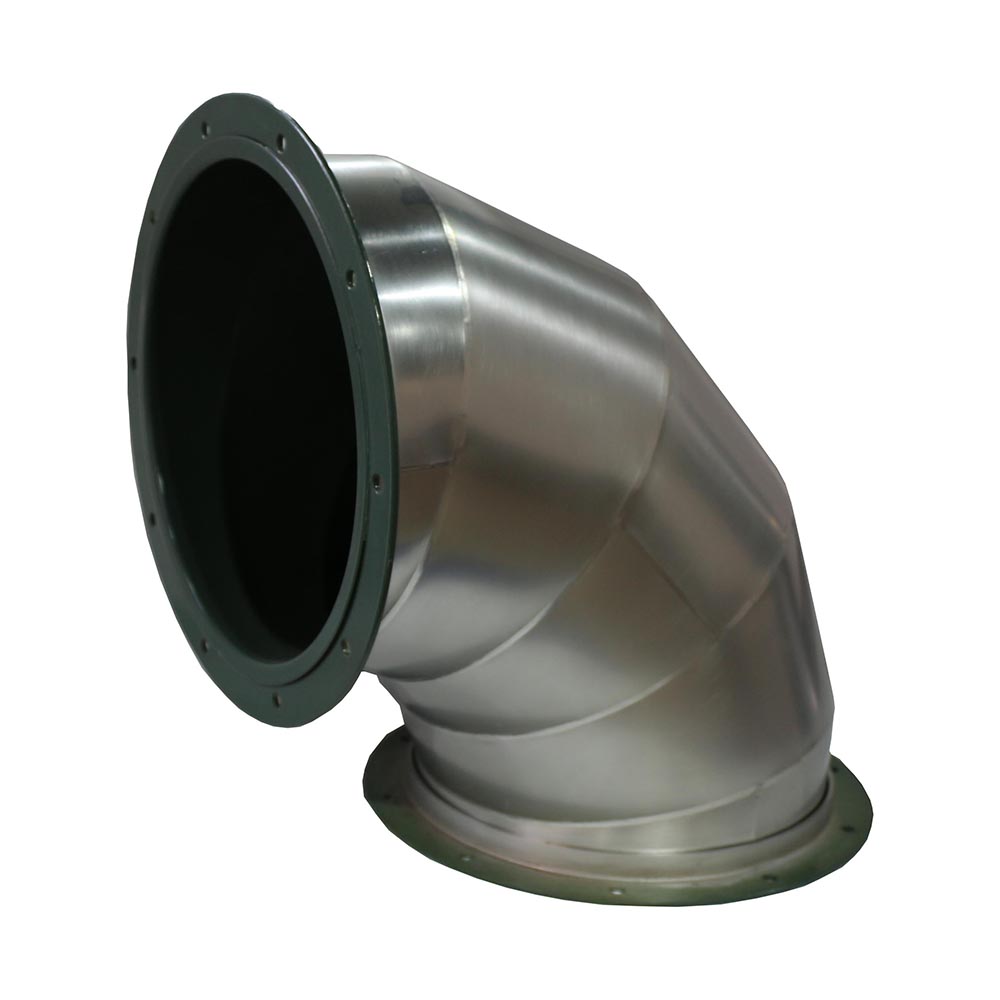We really should pay more attention to our cookware.
Not that long ago, Teflon emerged as a wonder material for cookware, and it's not hard to understand why. It's non-stick, it cooks well, and it's reliable. But durability and health may not shine when it comes to Teflon. Teflon Spray

In a new study, researchers found millions of plastic particles emerging from a cracked Teflon pan, and even one small crack was shown to release over 9000 plastic pieces.
If you've ever used a Teflon pan for a long time, you've probably seen that in time it starts to wear thin. It starts to lose some of its non-stick factor, and it can also crack. Most people don't pay much attention to things like that and it's understandable.
“The non-stick coating material Teflon is generally a family member of PFAS,” says University of Newcastle researcher Dr Cheng Fang.
“Given the fact PFAS is a big concern, these Teflon microparticles in our food might be a health concern so need investigating because we don’t know much about these emerging contaminants.”
PFAS, which stands for per- and polyfluoroalkyl substances, are a group of synthetic chemicals that have been in use since the 1940s. They are used in a wide range of products for their water- and grease-resistant properties. PFAS have made their way to a number of products including non-stick cookware, water-repellent clothing, and even in some food packaging.
However, PFAS have raised concerns because they are highly persistent in the environment and in the human body, earning them the nickname "forever chemicals."
The new study focused on scratched Teflon cookware. Researchers used a technique called Raman imaging to visualize how a small crack or cut in such cookware could release plastic particles. In Raman imaging, a laser is focused onto a sample, and the light scattered from the sample is collected and analyzed. Unlike traditional imaging methods that provide just spatial information, Raman imaging gives both spatial and chemical information.
The study showed that broken coating may "lead to release of 2,300,000 microplastics and nanoplastics" and even a single surface crack could "leave behind approximately 9100 plastic particles."
“It gives us a strong warning that we must be careful about selecting and using cooking utensils to avoid food contamination,” says Professor Youhong Tang, from the College of Science and Engineering at Flinders University. Tang also stressed the importance of further research into this.
“More research is recommended to address the risk assessment of the Teflon microplastics and nanoplastics, given that Teflon is a family member of PFAS.”
In light of these findings, it becomes clear that while Teflon may offer the convenience of non-stick cooking, the trade-off could be far more consequential than a ruined breakfast. As a material belonging to the PFAS family, the long-term implications for both human health and environmental sustainability are yet to be fully understood.
© 2007-2023 ZME Science - Not exactly rocket science. All Rights Reserved.
© 2007-2023 ZME Science - Not exactly rocket science. All Rights Reserved.
Don't you want to get smarter every day?

Epoxy Wood Table Over 35,000 subscribers can't be wrong. Don't worry, you can unsubscribe at any time. By signing up you agree to our privacy policy.